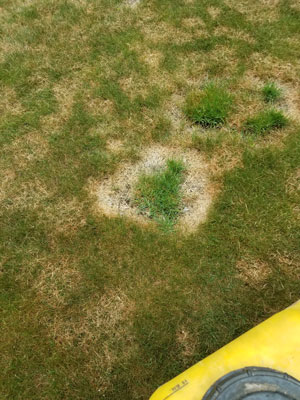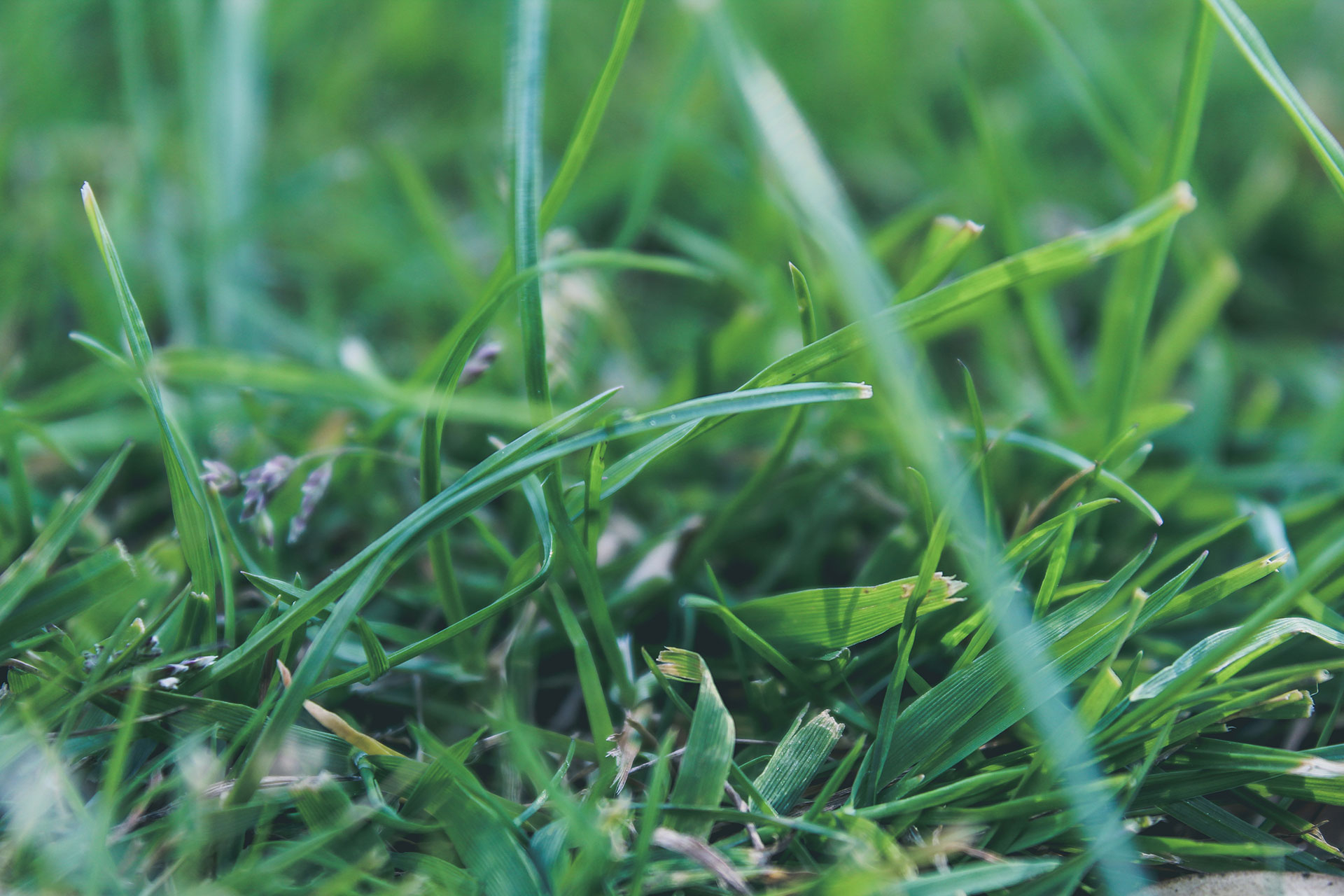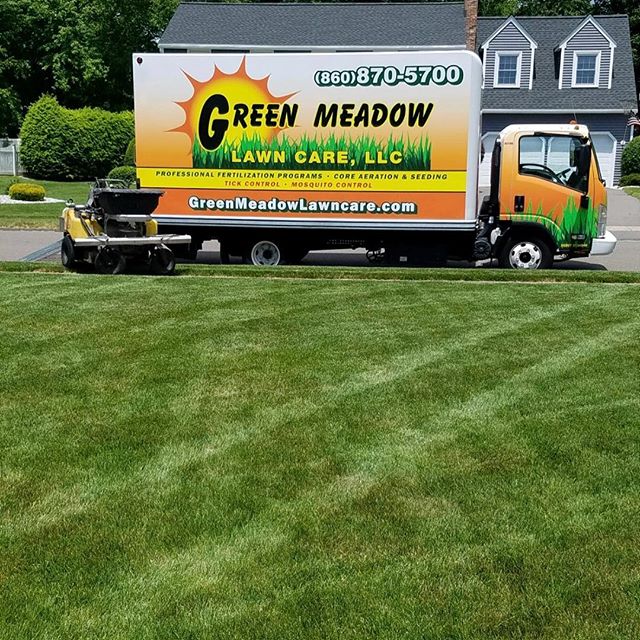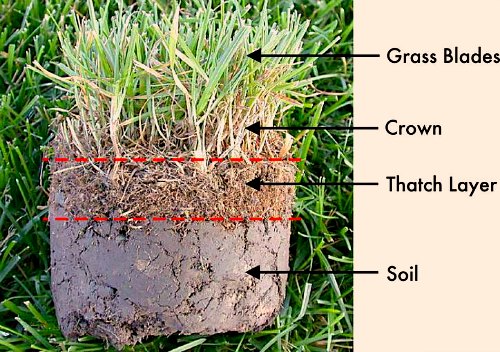Getting Rid of Weeds In My Yard
We have all been there - you have a lawn full of pesky weeds. What do you do? We are here to help offer some tips on how to better identify and manage weeds on your property.
Some weeds can be more aggressive than others. Some are just eye sores, while others cause harm by robbing water and nutrients from other plants. Below we'll cover both weed identification and weed treatment.
Weed: /noun/ A wild plant growing where it is unwanted and in competition with cultivated plants.
Read More
Topics:
Lawn care,
Weeds,
Lawn Tips,
Lawn Watering
Summer can be a very stressful time of year for your lawn with threats of heat and drought. Many of you have worked hard on your lawns in spring and now it's time to maintain the work you have already done.
Read More
Topics:
Weeds,
Fertilization,
Crabgrass,
Lawn Tips,
Summer Lawn Care
When is the best time to put down crabgrass control on my lawn?
In my 30 years of lawn service industry experience, a top concern for customers has been the timing of your 1st service.
Homeowners have been taught to apply pre-emergents when the Forsythias bloom in spring. This is just not true anymore.
With research and development, pre-emergents and post emergents for crabgrass control have advanced. Below, we'll go over the recommended timing for 3 different crabgrass control products.
Read More
Topics:
Weeds,
Spring Lawn Care,
Crabgrass,
Lawn Tips
What's in a Full Lawn Care Program?
In my now 13 years as a Lawncare Specialist and business owner, I have seen many different types of Lawncare Programs. Partial, Weed & Feed, 4-Steps and so on...
Putting together a Full Lawncare Program can be overwhelming but we can ease your mind and help to answer any questions you might have. Below you will read about some key components that make up a highly effective Full Lawncare program.
Read More
Topics:
Choosing a lawn care company,
Weeds,
Mosquito,
Fertilization,
Tick Control
How to Prevent Crabgrass
Have you ever worked super hard on your lawn in the spring to have crabgrass destroy it in the summer? You used a preventative but it didn’t work? If so, you know it is a very difficult weed to control once it starts growing...
The best way to prevent crabgrass from invading your lawn in the summer is with a pre-emergent in the spring.
Read More
Topics:
Lawn care,
Weeds,
Spring Lawn Care,
Crabgrass
You just seeded your lawn....now what?!
Your lawn care company has provided you with a seeding service - now what?! How do I make sure I am maintaining my lawn and that this service will not go to waste?!
Having a beautiful lawn is a great investment, one that can increase the value of a home (up to 20% !).
Seeding is an important step to take in helping the growth of a healthy, green lawn. Below you will find all the information you need about the seeding process and steps to take in caring for your newly seeded lawn.
Read More
Topics:
Lawn care,
Grubs,
Weeds,
Fertilization
Raking/Dethatching:
The 1st step in preparing your lawn for spring is to clean up any debris that is lying around the yard (sticks, leaves, plow damage, thatch, etc).
Thatch is a layer of both living and dead grass shoots/roots/stems that builds up between your soil and grass blades that can be eliminated by raking or dethatching your lawn (see below).
Rake as many times as needed to achieve a thatch layer of ½ inch or less or hire a professional landscaping company to do this for you. Anything greater than ½ inches of thatch can be unhealthy for your lawn.
A thick layer will restrict the amount of nutrients and water that your grass roots will be able to absorb.
Raking and dethatching can begin any time after your snow season is complete.
Read More
Topics:
Choosing a lawn care company,
Weeds,
Fertilization,
Spring Lawn Care

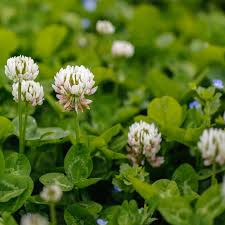
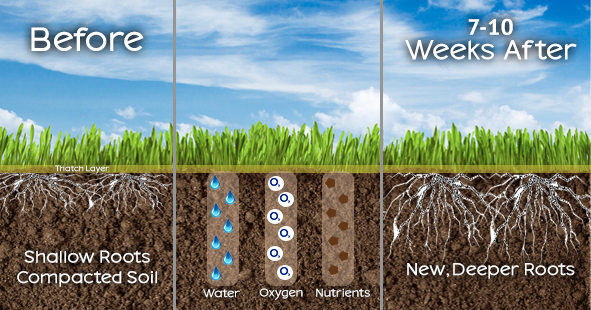
.png)
